Drought: Objective or Subjective?
 Print This Post
Print This Post
By Darron Gaus, NCAT Agriculture Specialist
P. A. Yeomans, author of Water for Every Farm—as well as inventor of the Yeomans plow, the scale of permanence, and keyline design principles—ends his book with the idea that drought is a choice. Whoa! Dems fightin’ words for some of us! Drought is a measurement of rainfall in comparison to an average over an extended amount of time. Those are objective measurements that you can’t control. Or can you?
Stories like Alejandro Carrillo’s creation of rain in the Chihuahuan desert or seeing two ranches, only 20 miles apart, going through the same drought period, with one a bare wasteland and one a diverse pasture ecosystem, can bring the subjective into the light.
Soil is a sponge; it can hold water for quite a long time and can release it when you need to squeeze it. Managing soils for water is an application of principles to understand the implementation of practices. Focusing on soil health builds resilience in farms and ranches. Land stewards are rewarded with better returns on investment, more nutritious foods, and the ability to be subjective to the word drought.
Drought can be weathered if the soil has collected every drop of rain and has the ability to retain it efficiently for plant use. That period of no rainfall doesn’t feel so dire in a healthy soil environment and diverse ecosystem. The water and nutrient cycles still function, and senescence isn’t the first order of business for biology.
Biology will not thrive during periods of drought, but if it can survive until the next rainfall, you at least haven’t suffered any losses. Microbiology in the soil will have gone to bed instead of being dead. The land will rebound and prepare itself for the next period of no rainfall.
A year or more with substantially less rainfall than average is objectively a drought. Those types of droughts have created misery for humanity all over the world. Water is life and there are certain lengths of time that biology just can’t make it through. Long droughts can kill even the most deep-rooted native species. Those events happen periodically. The key is to prepare during the average or wet years with good stewardship and using soil health principles to guide our practice and management decisions. Maximize infiltration and retention.
Learn more about soils, drought, and water through our NCAT resources. Make soil health the object of desire even when the subject at the local coffee shop is how dry it’s been lately.
Related ATTRA Resources:
Retaining Soil Moisture at Lighthouse Herb’n Farm
Dale Stricker: Creating Drought-Free Agriculture
Soil Health Indicators and Tests
Other Resources:
This blog is produced by the National Center for Appropriate Technology through the ATTRA Sustainable Agriculture program, under a cooperative agreement with USDA Rural Development. ATTRA.NCAT.ORG.

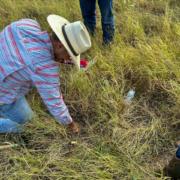
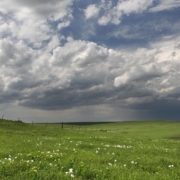
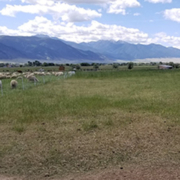

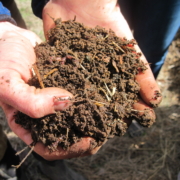
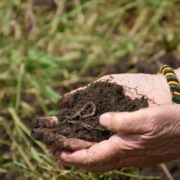
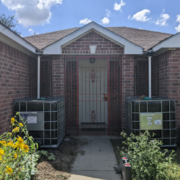

 Canva Pro
Canva Pro
 USDA
USDA